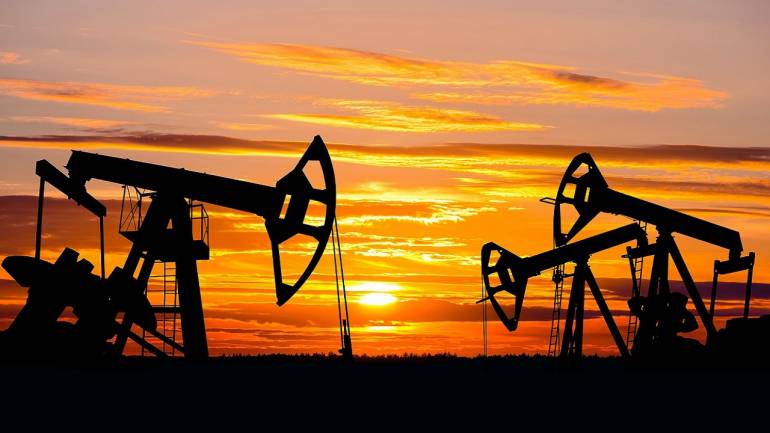India is seeking $1.5 billion of investments from global oil producers and traders to build additional emergency crude reserves that will act as a buffer against volatility in oil prices. The plan is to build underground caverns that can hold a combined 6.5 million tons of crude at two locations, Indian Strategic Petroleum Reserves Ltd. Chief Executive Officer H.P.S. Ahuja said. The state-run ISPRL will collaborate with private entities, who will invest in the project, he said. Getting investors to build the storage facilities will lessen the strain on state finances and help Prime Minister Narendra Modi’s government meet its budget goals, while expanding strategic petroleum reserves to shield the economy from oil-price volatility. India, which meets almost 85 percent of its crude needs through imports, this month cut taxes on fuel sales to lower the burden of high oil prices on consumers. We are taking the commercial model for building and filling the caverns, which will provide opportunity to the investor to make some profits, Ahuja said. India will continue to reserve first right over the crude stored in these caverns. The two new reserves include 4 million tons of storage at Chandikhol in the eastern state of Odisha and a 2.5 million-ton facility at Padur in southern India’s Karnataka. India has built 5.33 million tons of underground reserves in three locations, including Padur, under an earlier phase that can meet 9.5 days of the country’s oil needs. The government purchased crude to fill the caverns in Visakhapatnam in Andhra Pradesh and half of another facility in Mangalore in Karnataka, while leasing out the other half to Abu Dhabi National Oil Co. Indian Strategic Petroleum Reserves, which was formed in 2006, is scouting investors to fill the caverns at Padur. It will hold roadshows in New Delhi, Singapore and London this month to draw investors for the new caverns as well as filling the Padur facility. Strategic reserves are crucial for a growing consumer like India, Ahuja said. The new SPRs will be sufficient to cover the country’s oil needs for another 12 days.
India targets oil traders for $1.5 billion emergency oil reserve

